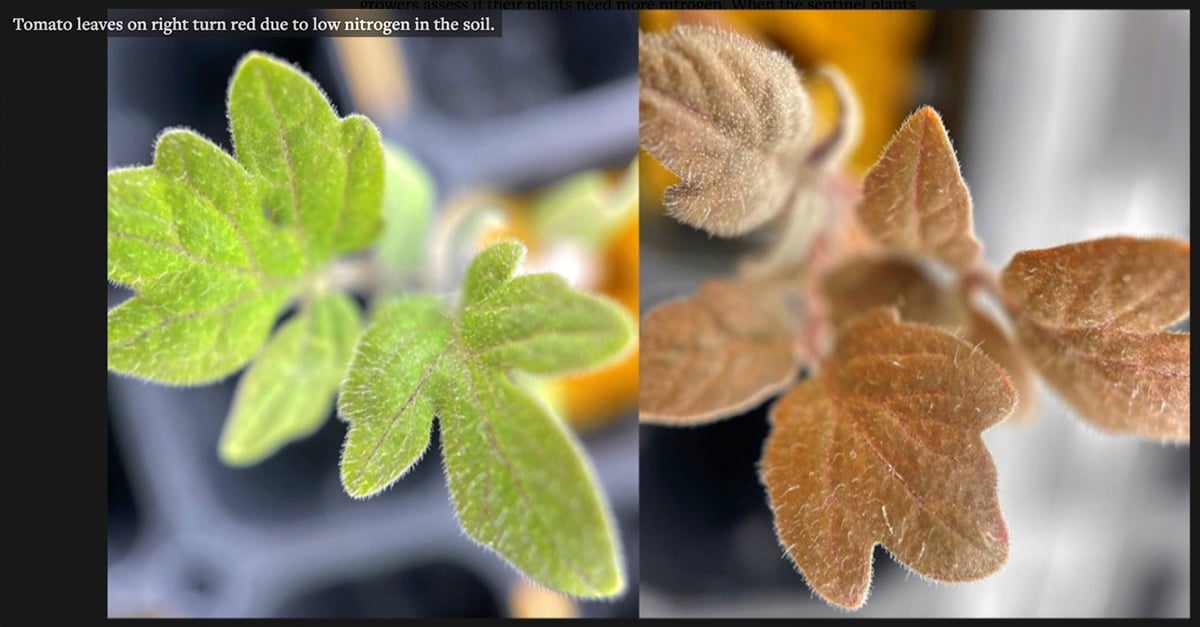Hog farmers want out.
According to leaders in the sector, many hog farmers are waiting on only one thing: more details on how the federal transition program designed to mothball barns will work.
“It’s probably 20 to one,” said Manitoba Pork Council chair Karl Kynoch about the proportion of farmers calling about the mothballing payment versus the stay-in loan program.
“Everybody’s interested in the exit plan. Very few want to know more about the loans.”
Read Also

American researchers design a tomato plant that talks
Two students at Cornell University have devised a faster way to detect if garden plants and agricultural crops have a sufficient supply of nitrogen.
Martin Rice, executive director of the Canadian Pork Council, said many farmers are likely considering the loan program, but despairing farmers want to get out now because of the bleak outlook.
“It was bad before, but with the futures market falling due to a forecast of burdensome supplies of pork and weak international demand, the mood is more one of, ‘how do we get out of here’ than “should I take on more debt,” said Rice.
“Definitely the loan idea is of interest, but definitely I’d say there’s more interest being expressed in coming forward to knowing how quickly those funds can be available for people to get out.”
The two programs haven’t been established yet and are being organized by federal officials working with national and provincial hog producer representatives.
Pork councils pushed the federal government to release its policy before the details had been sorted out because they wanted producers to have an idea of the situation they would soon face.
At the announcement of the aid package, federal agriculture minister Gerry Ritz said the government would back loans offered and approved by financial institutions to “viable” operations, loans that could reach more than $800 million.
And $75 million in direct aid would go to producers who tender proposals to take their barns out of production for at least three years.
Kynoch said he worries that $75 million will be far too little.
“It’s going to be really interesting seeing how many bids come in during the first round,” said Kynoch.
Rice said the relative lack of interest in federal-backed loans – a program that would allow producers to convert short-term and operating loans into long-term debt – is due to the already debt-burdened nature of the industry.
“People are not thinking additional debt is the most desirable choice for them,” said Rice.
Details on the two programs should be available within weeks, not months, Rice said, but it is impossible to be firm about when.
“There’s just so much to do.”















